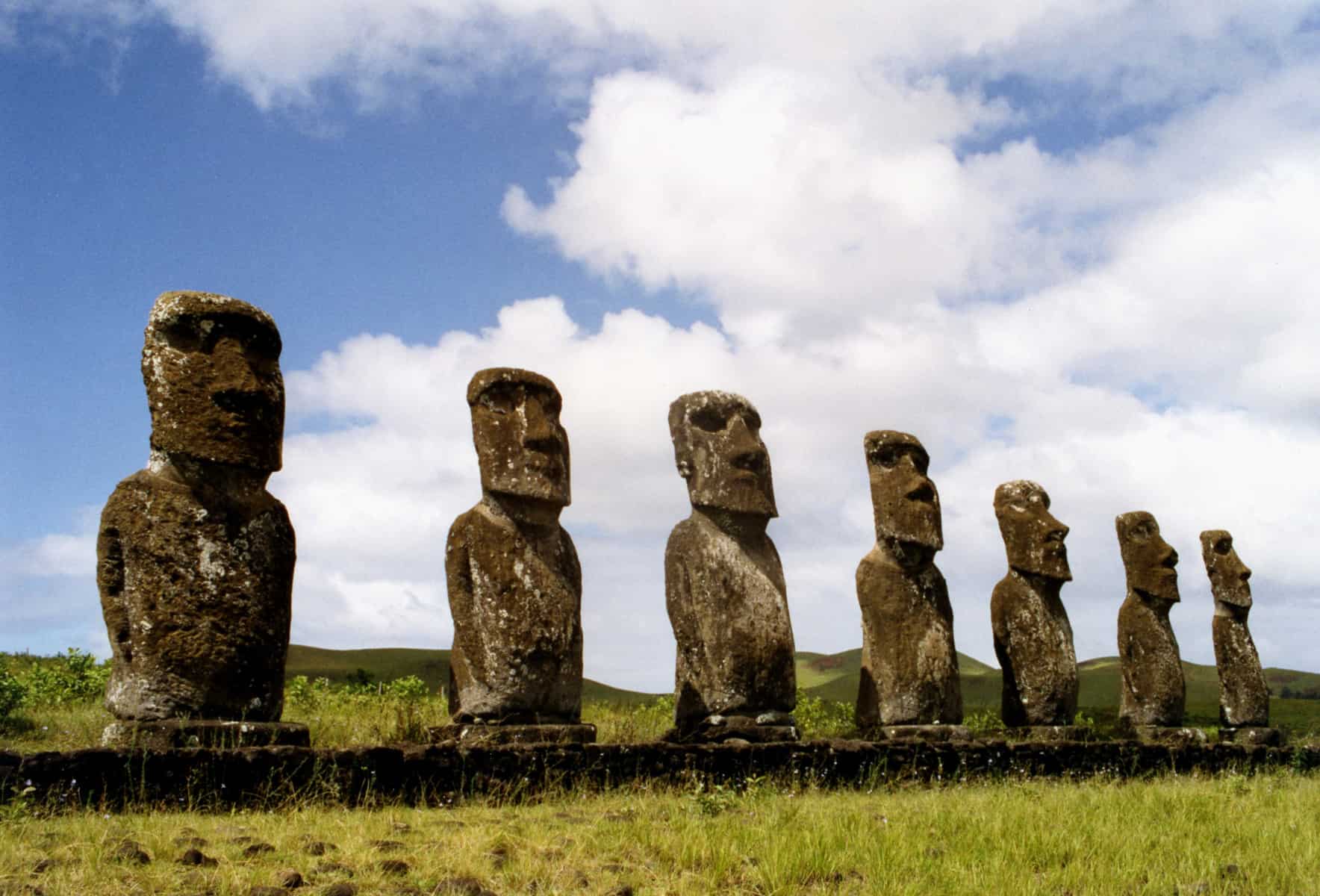The United Nations Educational, Scientific and Cultural Organization (UNESCO) works towards encouraging the preservation of cultural and natural heritage. More than two dozen sites in the South Pacific have been granted World Heritage status. Here are four you may not have known about...
Bikini Atoll
 https://www.flickr.com/photos/huffstutterrobertl/6891372851/
https://www.flickr.com/photos/huffstutterrobertl/6891372851/
Twenty three small islands surrounding a deep lagoon make up the atoll which is part of the Marshal Islands. Only two of the islands are large enough to host a permanent population and 70 percent of the island area is made up of only five of the islands.
In 1946 the United States began testing nuclear devices using the reef, underwater locations or air drops. The population was relocated with the expectation that they would return to their homes after the testing, but high levels of residual strontium have rendered the entire atoll uninhabitable.
In 2010, UNESCO named the atoll as a World Heritage site, a unique juxtaposition of the tropical beauty and the deadly after-affects of modern warfare. Visible evidence of the testing remains in the sunken ships at the bottom of the lagoon and Bravo crater on the surface. The testing, which was equivalent to 7,000 times the force of the bomb that was dropped on Hiroshima, has permanently altered the geology and environment of the atoll.
Henderson Island
An uninhabited coral atoll, it’s one of the few in the world that has been nearly unaffected by human contact. It retains incredible diversity for such a small location (37 sq km) and isn’t suitable for agriculture, although the Pitcairn Islanders row longboats over once a year to harvest unique wood that they carve into curios. The lack of water and numerous steep cliffs made the atoll unattractive to visitors, contributing to its isolation and pristine state. The islands are under the protection of the United Kingdom despite being somewhat near the coast of Chile.
In 1988 the Island was designated a World Heritage site to protect the unique flora and fauna that inhabit it. Four seabirds are endemic to the island including the flightless Henderson rail, and many others using the area as a nesting ground. The vegetation is dense, providing protection for many insects. A small, brackish spring uncovered only at low tide is the only source of fresh water and no mammals inhabit the island.
Rapa Nui National Park
 https://www.flickr.com/photos/anoldent/
https://www.flickr.com/photos/anoldent/
Easter Island is at the southeastern extremity of the Polynesian Triangle and has been under Chilean jurisdiction since 1888. The island was inhabited by the Rapa Nui people around 300 AD and the giant heads known as "moai" were built during that time. Conservation efforts are funded by the Chilean Government and the National Council of Monuments with control being managed by the Corporacion Nacional Forestal.
In 1996 the park, which encompasses much of the island, was declared a World Heritage site. The island has been spared human interference in part because of its extremely remote location. The nearest human habitat is 2,200 km away at Pitcairn Island, and Easter Island is 3,700 km away from the mainland. The 887 stone statues are carved from volcanic rock and range from two to 20 metres high. The moai stand along the coast, often running in parallel lines to it. Unfinished statues in the quarries suggest that the megaliths were carved in the quarries and transported to each individual site.
Macquarie Island
 https://www.flickr.com/photos/globalcitizen01/
https://www.flickr.com/photos/globalcitizen01/
Officially part of Tasmania, the island lies half way between New Zealand and Antarctica. The ecology is sub-Antarctic and this is the home of the entire Royal Penguin population during their annual nesting season. A permanent base on the northern end houses the only human inhabitants - and it rarely exceed 40 people at a time. During the early 1900s the penguins were harvested for their oil, but the birds were protected when the island was declared a wildlife sanctuary in 1933.
In 1997 the island was listed as a World Heritage site in part because of its unique geology. The island is an exposed region of the junction between the Pacific and Australian plates and has the only exposed mantle rocks in the Pacific. This provides a unique opportunity for geological study in a wild and windswept setting. In addition to Royal Penguins, approximately 150,000 breeding pairs of King Penguins nest on the island, as well as other seabirds and many seals.


